Not far from the urban chaos of Greater KL lies the bustling port city of Klang, the Malaysian capital’s gateway to the Straits of Malacca. And just beyond Klang, a handful of small islands are bunched along the shore. On a whim, Paula Tan visited two of these islands on successive weekends and found them to be not only easily accessible by car, but charming throwbacks to a Malaysian era often forgotten in the clamour of the nearby big city.
Pulau Carey
Let’s do Pulau Carey this weekend,” I mused out loud as another workweek drew to a close. The suggestion elicited a sound of shuffled newspapers from my other half, who took a moment to digest the idea before replying with his assent, saying he’d heard of some incredible cendol in the vicinity.
We hit the road with the sun on Saturday morning, and in under two hours, were cruising past the intimidatingly named Teluk Panglima Garang and shortly after, Banting’s famous Ibrahim cendol shop on the town’s main street, Jalan Sultan Abdul Samad.
After a brain-freezing bowl of the good stuff for me, and a double serving for my other half, we left our luggage at the cozy little Bata Merah Hotel and set out for Pulau Carey, or Carey Island, home to the Mah Meri orang asli community.
Curiously enough, the only practical way to get to Pulau Carey is to drive, no boats required. It seamlessly connects from Klang by bridge over the Langat River. In the early 1900s, Edward Valentine John Carey, an English planter with plans to start a rubber plantation, acquired the island then called Pulau Si Alang from the Sultan of Selangor.
At the time, the 32,000-acre island, separated from the mainland only by the narrow Langat River, was inhabited by the indigenous orang asli (translated as “Original People”) tribe called the Mah Meri. Today, Pulau Carey still mainly comprises plantation land, with a small portion allotted for five Mah Meri villages and an Indian settlement.
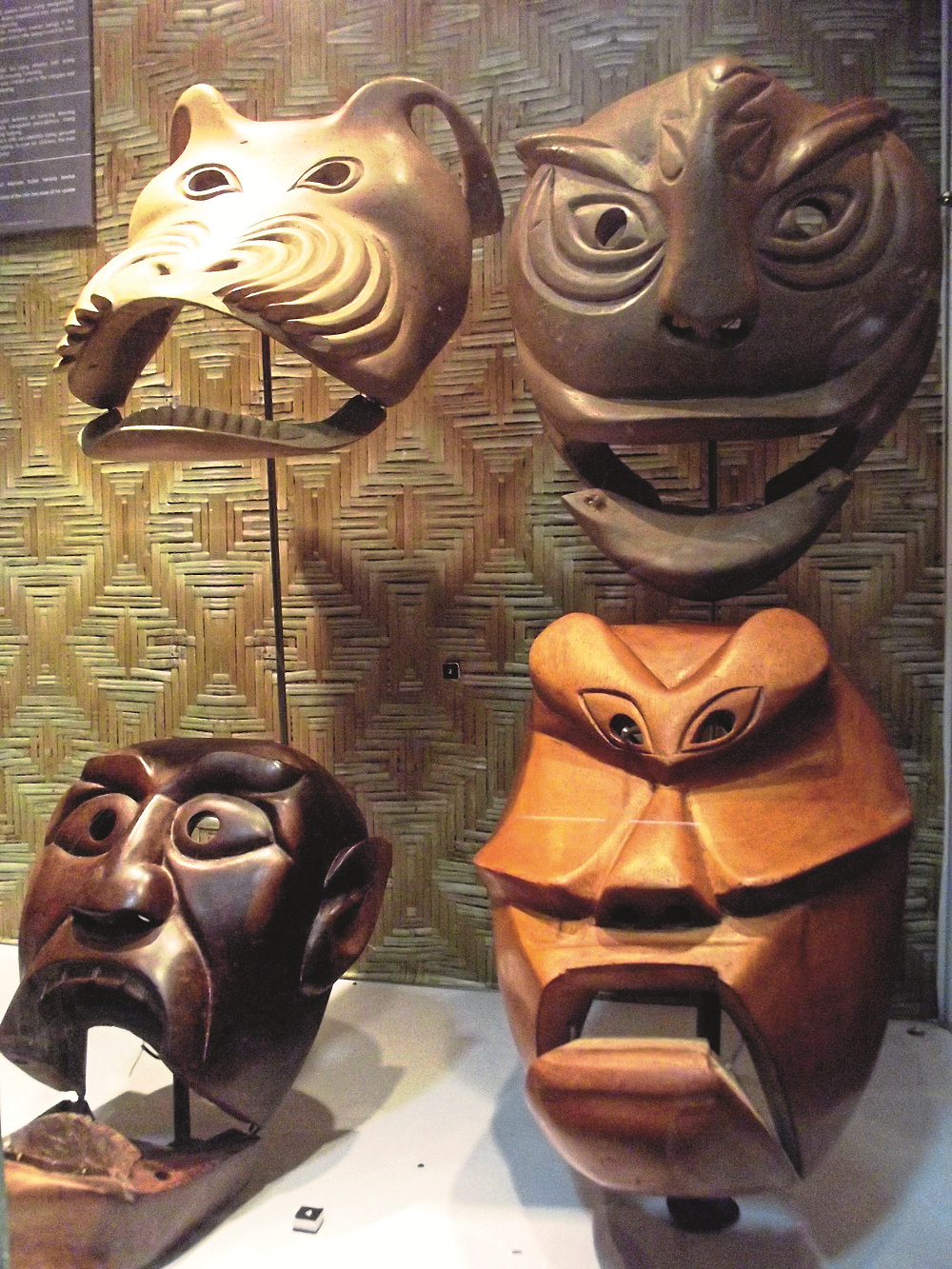 As we entered Kampung Sungai Bumbun, the main orang asli village, the narrow road unfolded into a sun-dappled tropical setting filled with palm trees and children on motorbikes and before long, we were pulling over at the orang asli museum.
As we entered Kampung Sungai Bumbun, the main orang asli village, the narrow road unfolded into a sun-dappled tropical setting filled with palm trees and children on motorbikes and before long, we were pulling over at the orang asli museum.
For the modest fee of RM5 per visitor, we signed a guest book, received nifty handwoven crowns, and took an enlightening walk through the grounds filled with woodcarvings, handiworks, and a colourful glimpse of the Mah Meri lifestyle and history. If you’d like a souvenir of your visit, the museum has a well-stocked gift shop where you can find everything from wooden masks to rather threatening-looking canes for misbehaving children.
Amidst the waving pre-schoolers and old folks, our trek further into the village revealed many rustically charming wooden houses, tribal décor, and traditional playtime, during which children still make mudpies and construct their own fishing rods.
We also learnt that the palm oil producer Sime Darby had replanted some endangered trees and plants on the island and is working to regenerate mangrove growth along its shores, speaking of which are quite dazzling.
On exiting the Sungai Bumbun village, a wrong turn brought us to a dead end where the open sea lay before us like a glistening blanket in the sun, a breathtaking reward for our trouble. Warmed by the sight, we continued our drive back toward Banting, revisiting the past on the way at the delicate Istana Bandar Jugra in historical Kampung Sungai Ingat, less than 10 km from the city centre. Silent and regal, the old palace lay slumbering, a relic of the very early 1900s when it was home to Selangor’s fifth Sultan, Alaeddin. A little further up the road, the Sultan Alaeddin Mosque graced a site erected in the memory of this ruler.
Basking in Banting
The drive back to Banting town brought our day to a soothing close as we meandered past a sprinkling of Malay villages with beautifully carved woodwork, relics from an era long past, and the weekend pasar malam, or night market, packed with vegetables and local produce which warranted two streets being closed to traffic.
On a quest for Banting’s famous bak kut teh, a popular pork-based broth, the disappointing discovery that it had closed early that day brought us to yet another surprise – the Saha Café & Fruits Bar. An unexpected find behind a row of dingy shophouses and housed in its own building that also features a rather upmarket gym, Saha certainly exceeded our expectations of merely coffee and err…. fruits. It features an extensive and very reasonably priced menu to please both the Asian and Western palate. When visiting on a hot day, round up your Caesar’s salad with the assam boi or sour plum freeze, a refreshing must-try.
Seafood enthusiasts seeking local flavours will enjoy the delicious home-cooked fare at Tanjung Sepat’s unassuming Ban Joo Hing, ranked Banting’s No. 3 restaurant, but No. 1 with us. While enjoying more conventional dishes, we observed with interest as other customers munched their way through mounds of steamed mud crabs and fried baby octopus.
While in Banting, it would also be worth your while to take a drive up to Bukit Jugra, where paragliders take to the skies on their colourful machines from the grounds of its old lighthouse, a place beyond which rolling fields sprawl and the river meets the sea. If that leaves you yearning for more natural wonders, connect with the great outdoors at Tadom Hill and bask under the stars as you lie back on bamboo decks over the water.
Pulau Ketam
Only 23 km from Pulau Carey, which we’d visited during our trip to Banting, is Pulau Ketam – or Crab Island, which houses a large, fishing village. Having enjoyed our earlier trip as much as we did, the following weekend found us heading for this very location.
From Kuala Lumpur, we drove to Port Klang, left our car at the open parking lot at the jetty and boarded a ferry on a scenic, half-hour ride. As the old, wooden vessel dodged ships in the waters of Port Klang, the industrial scenery soon gave way to saltwater mangroves with storks and sea eagles soaring past overhead. Alongside both locals and holiday makers, we rose to exit at the first stop, but learnt it would drop passengers at any point of the island they needed to go.
When visiting Pulau Ketam for the first time, it would be a good idea to exit the ferry at the Sea Lion Hotel stop. This is the island’s main entry point and is closest to its many seafood restaurants, for which Pulau Ketam is best known. We were so enamoured by the Kinho Seafood Restaurant that we had two meals there, one of which was a steaming, large claypot of delectable fish curry, beehoon noodles with massive prawns and two portions of excellent fried rice – a meal that cost only RM56, inclusive of three soft drinks.
A walkabout across the car-free island between meals connected us to its friendly and closeknit community, all of whom travel by moped and bicycle, and were eager to share a glimpse into their lives. Through them, we discovered the island’s layout, many of its homestays, local activities, and best places to eat. There was even an opportunity for me to participate in a local aerobics class at their town hall. As the sun began to slip below the horizon, we stood on one of the island’s three bridges, taking in the dazzling canvas of gold and orange across the sea.
Like Pulau Carey and Banting, Pulau Ketam featured few modern conveniences and creature comforts, but what we saw in the people there was kindness, generosity, and trust, even with total strangers. Someday, these destinations may be as urban as any we are accustomed to – but until then, they will remain gems in a world of lost innocence. That, in itself, will keep drawing us back.
This article was originally published in The Expat Magazine (March 2016) which is available online or in print via a free subscription.
"ExpatGo welcomes and encourages comments, input, and divergent opinions. However, we kindly request that you use suitable language in your comments, and refrain from any sort of personal attack, hate speech, or disparaging rhetoric. Comments not in line with this are subject to removal from the site. "



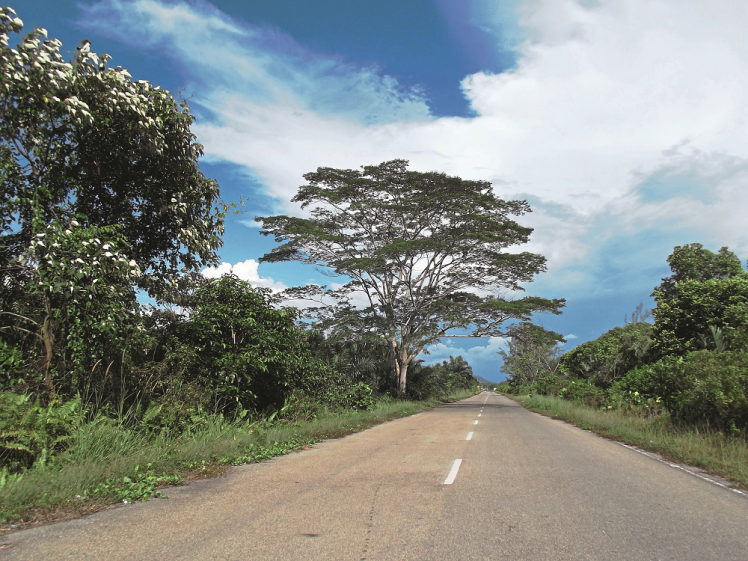
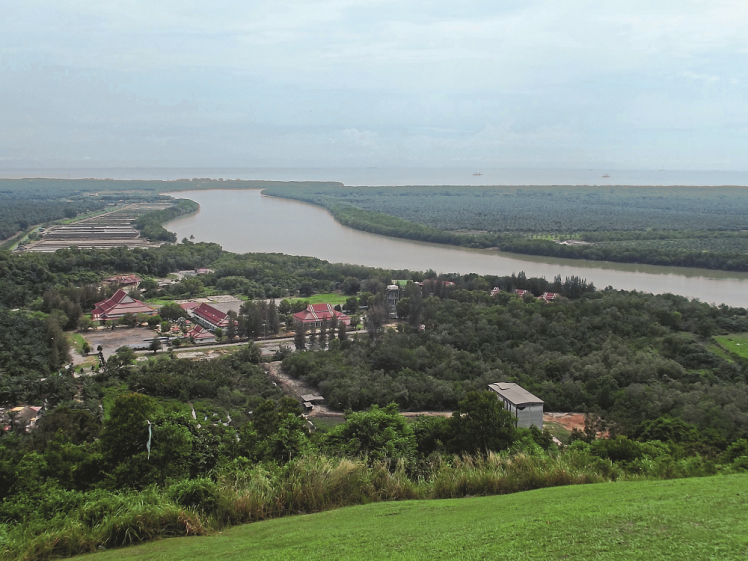
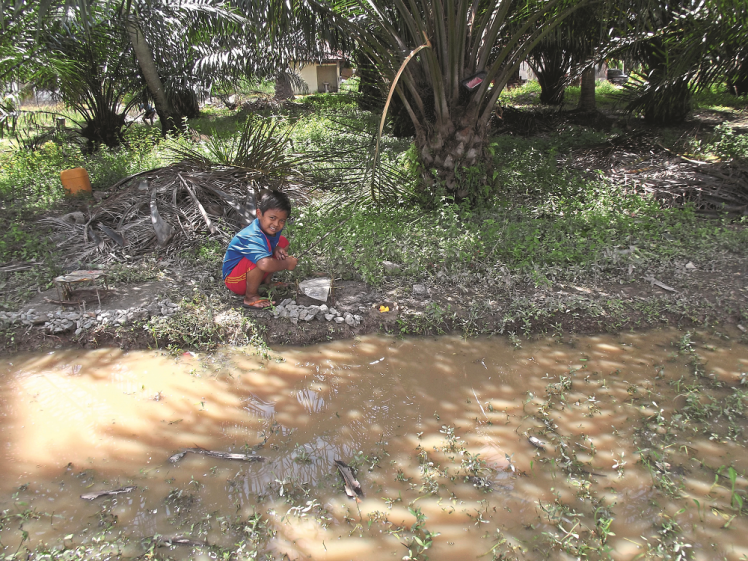
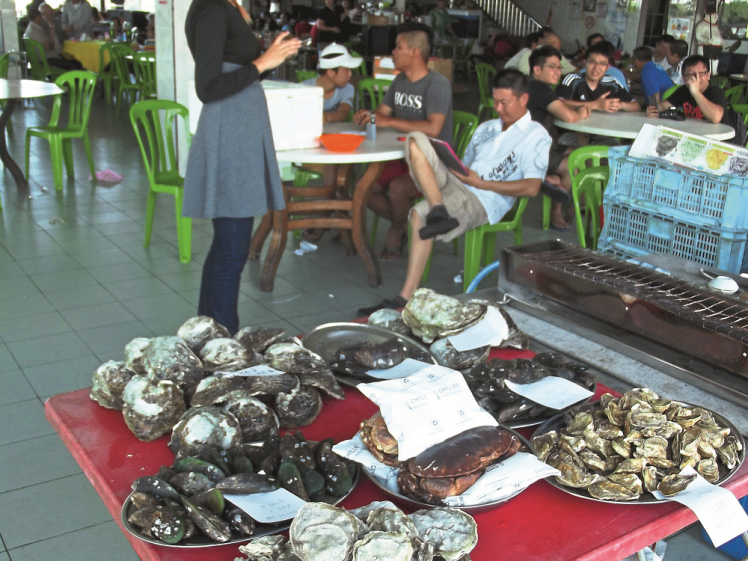
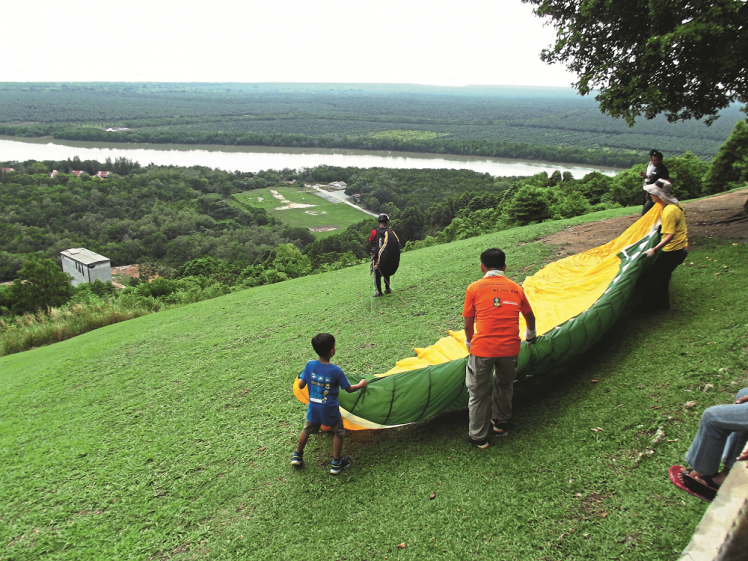
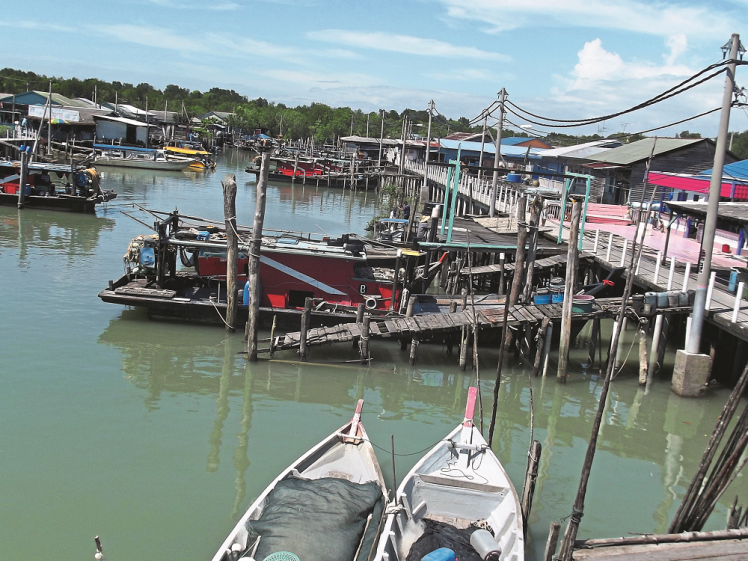
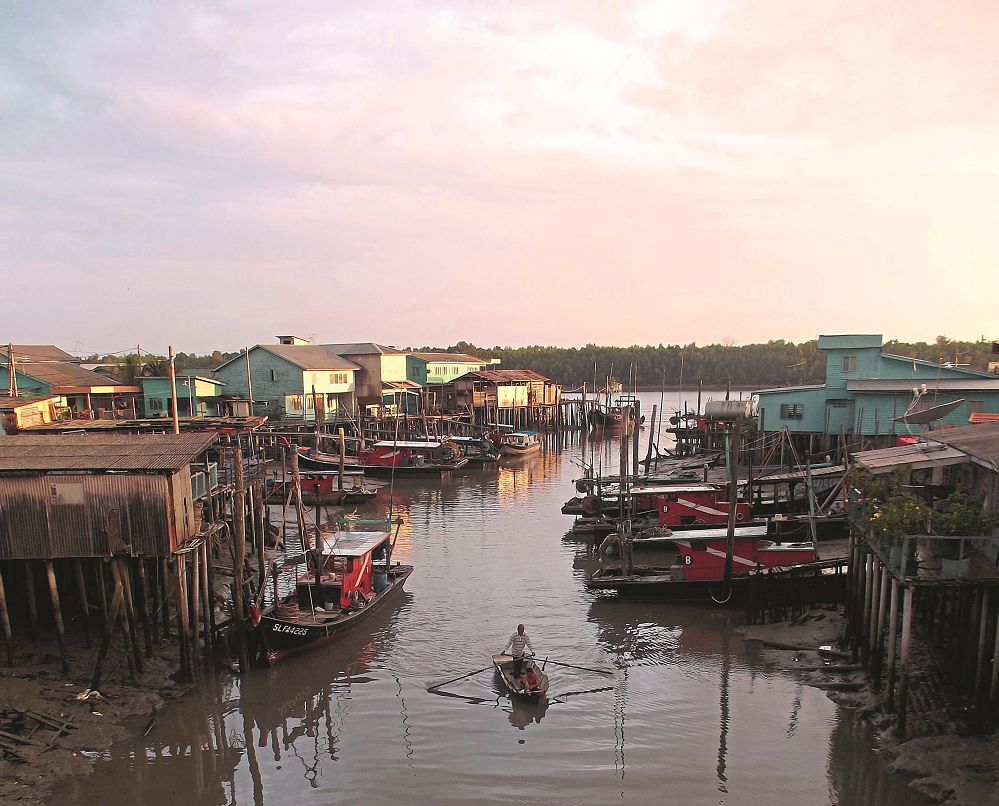


















Jay Soh Tsu Chung and Goh Jian Ming, our next road trip?
Pulau Ketam nothing to do. Just a small fishing village.
Jacksaraj Jack
Jay Balchin
Rosario Gumucio Labbé? Te animas?